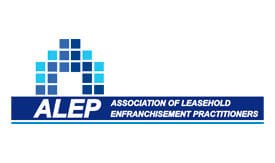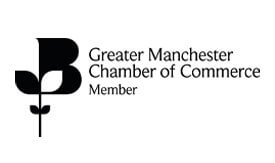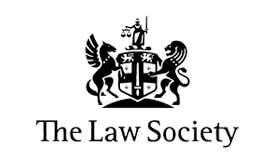Tariff classification is the process for determining the tariff codes for goods being imported and exported. It is vital that the classification of goods is correct as it effects the amount of tax to be levied on a particular goods. The classification will be used to determine customs duties, exercise duties, import VAT, origin management, import and export restrictions, and preferential duties. Neglecting classification, or getting it wrong, can result in huge penalties for businesses.
Why do companies get classification wrong?
Most companies do not pay attention to classification, they prefer to leave it to the freight forwarders to do it for them. If business owners leave it to the freight forwarders, they risk mistakes being made and lose out on the potential for savings on goods that could use more than one tariff code. Additionally, the responsibility for the correct classification of the goods ultimately lies with the business.
How to save on tariff classification
Tariff classification is not always straightforward, there are many competing codes in the tariff schedule. This means that one product can be classed under more than one code. Each classification code will have different rates attached to it. This is where a business can save money. Looking at how the product they have can be reclassified can result in a lower, or even zero duty rate. One product, or the parts of the product could be used for other purposes other than that which it was manufactured for.
It is possible to get a binding decision on the classification of a product. To do this the business will need to apply for a Binding Tariff Information. This will give a business legal certainty in their classification. The company would then be bound to follow the BTI in their classification and the decision could not be challenge in audits.
Managing the classification of imported and exported goods
The first step in this process is to get to know the product. Break it down into its individual component parts and look at what each of these can be used for. It can also be considered what the parts are made from. From this information it can be considered whether they can be reclassified.
The next step is to get to know the different classifications. The tariff schedule comes with general rules for interpretation to help with the classification of products. This detail which goods can be classified under that code and which goods cannot. To classify a product correctly it is therefore important to understand both the product and the tariff codes.






